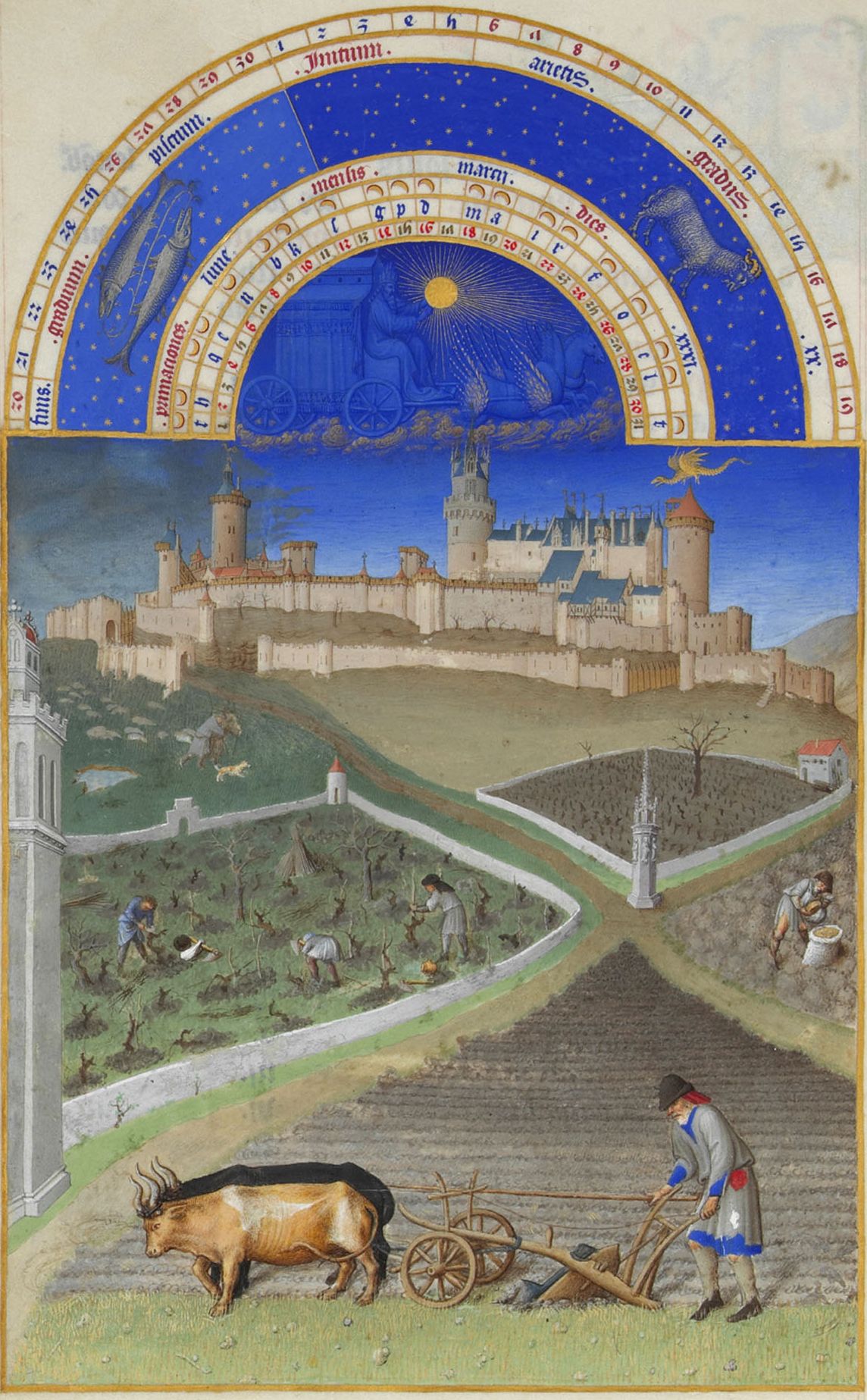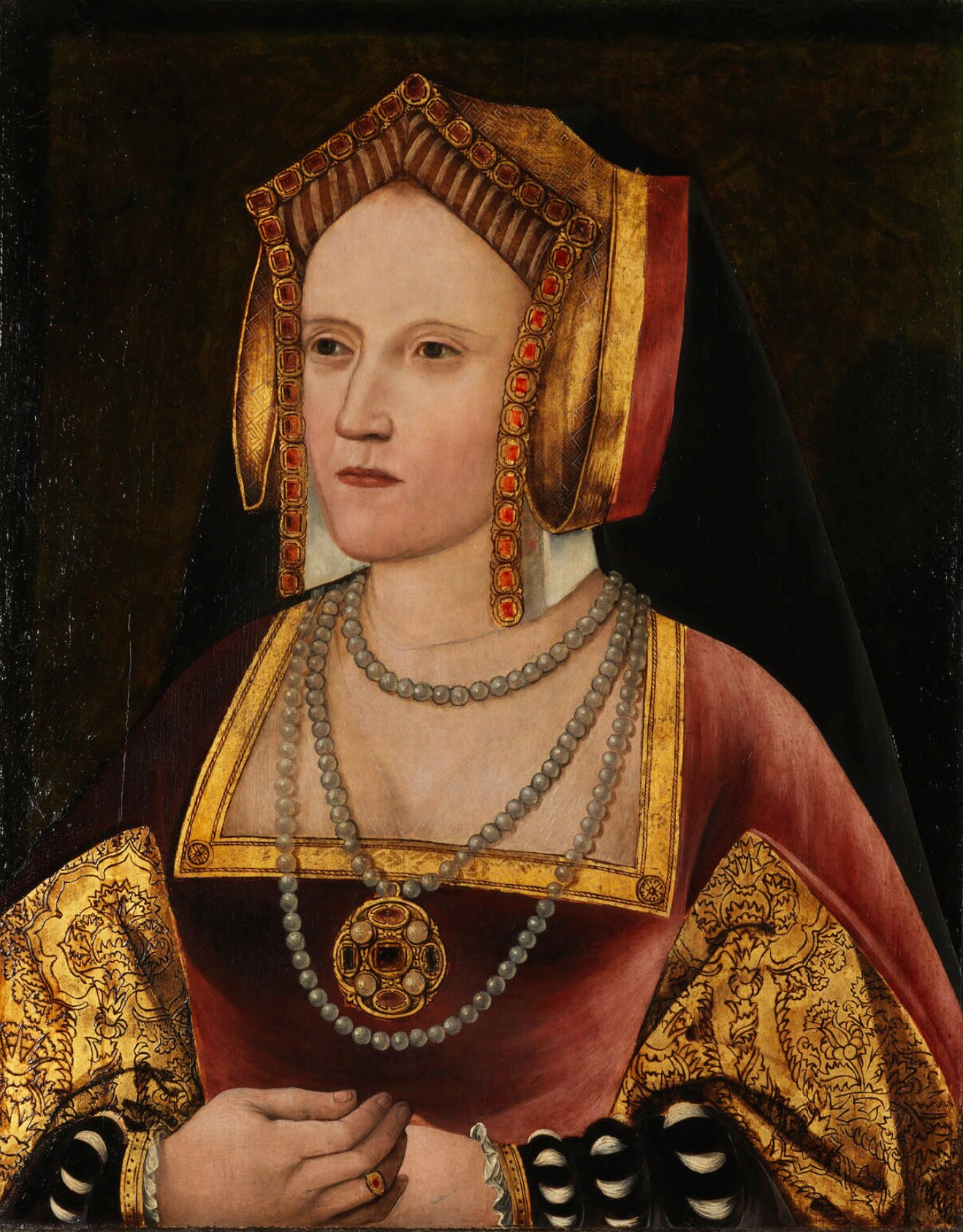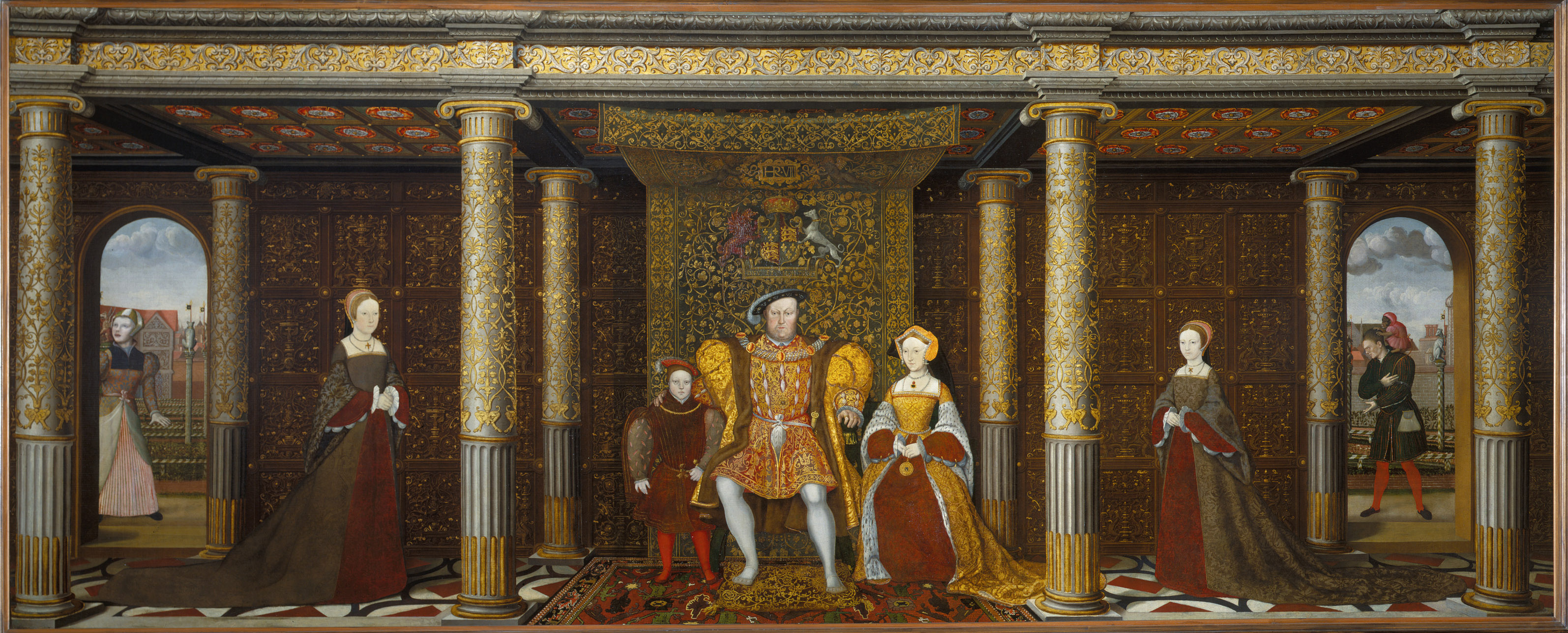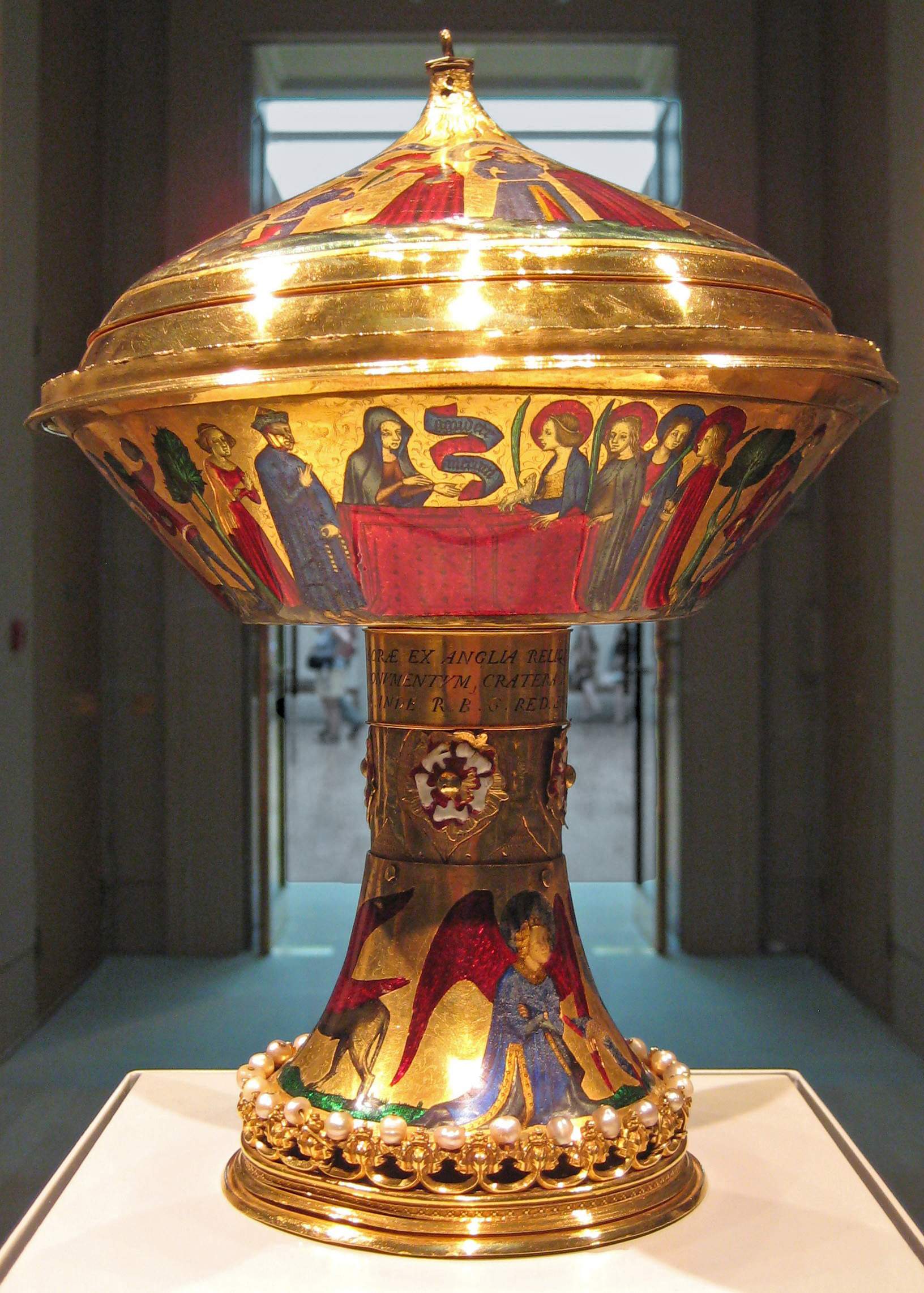|
Richard Brooke (Norton)
Richard Brooke or Broke (died 1569) bought the manor of Norton, near Runcorn, Cheshire from Henry VIII in 1545 following the dissolution of the monasteries. The manor included the former monastery of Norton Priory and also the settlements of Norton, Stockham, Acton Grange and Aston Grange in Cheshire and Cuerdley in Lancashire. Richard Brooke was the younger son of Thomas Brooke of Leighton in Nantwich Hundred (country subdivision), Hundred. In his earlier life he had been a soldier and he was admitted as a Knights Hospitaller, Knight of Malta in 1531. He then became Commander of Mount St. John in Cleveland, England, Cleveland. After the suppression of the Order by Henry VIII Henry VIII (28 June 149128 January 1547) was King of England from 22 April 1509 until his death in 1547. Henry is best known for his six marriages, and for his efforts to have his first marriage (to Catherine of Aragon) annulled. His disagr ... circa 1542, he was relieved of his religious vows ... [...More Info...] [...Related Items...] OR: [Wikipedia] [Google] [Baidu] |
Manorialism
Manorialism, also known as the manor system or manorial system, was the method of land ownership (or " tenure") in parts of Europe, notably France and later England, during the Middle Ages. Its defining features included a large, sometimes fortified manor house in which the lord of the manor and his dependents lived and administered a rural estate, and a population of labourers who worked the surrounding land to support themselves and the lord. These labourers fulfilled their obligations with labour time or in-kind produce at first, and later by cash payment as commercial activity increased. Manorialism is sometimes included as part of the feudal system. Manorialism originated in the Roman villa system of the Late Roman Empire, and was widely practiced in medieval western Europe and parts of central Europe. An essential element of feudal society, manorialism was slowly replaced by the advent of a money-based market economy and new forms of agrarian contract. In examining ... [...More Info...] [...Related Items...] OR: [Wikipedia] [Google] [Baidu] |
Edward Clinton, 1st Earl Of Lincoln
Edward Fiennes, or Clinton, 1st Earl of Lincoln KG (151216 January 1584/85) was an English landowner, peer, and Lord High Admiral. He rendered valuable service to four of the Tudor monarchs. Family Edward Clinton, or Fiennes, was born at Scrivelsby in Lincolnshire, the son of Thomas Clinton, 8th Baron Clinton (1490–1517), by Jane (or Joan) Poynings, one of the seven illegitimate children of Sir Edward Poynings (1459–1521) of Westenhanger, Kent. She was the sister of Thomas Poynings, 1st Baron Poynings (died 1545), Edward Poynings (died 1546), and Sir Adrian Poynings. After the death of the 8th Baron Clinton in 1517, Jane Poynings married, as his second wife, Sir Robert Wingfield (died 1539). Clinton succeeded his father as 9th Baron Clinton in 1517. As he was only five years old when his father died, he was made a royal ward in the Court of Wards and by 1530 had been married to the King's former mistress, the 30-year-old Elizabeth Blount. Career France Clint ... [...More Info...] [...Related Items...] OR: [Wikipedia] [Google] [Baidu] |
Sovereign Military Order Of Malta
The Sovereign Military Order of Malta (SMOM), officially the Sovereign Military Hospitaller Order of Saint John of Jerusalem, of Rhodes and of Malta ( it, Sovrano Militare Ordine Ospedaliero di San Giovanni di Gerusalemme, di Rodi e di Malta; la, Supremus Militaris Ordo Hospitalarius Sancti Ioannis Hierosolymitani Rhodiensis et Melitensis), commonly known as the Order of Malta or Knights of Malta, is a Catholic lay religious order, traditionally of a military, chivalric, and noble nature. Though it possesses no territory, the order is often considered a sovereign entity of international law, as it maintains diplomatic relations with many countries. The Order claims continuity with the Knights Hospitaller, a chivalric order that was founded about 1099 by the Blessed Gerard in the Kingdom of Jerusalem. The order is led by an elected prince and grand master. Its motto is (''defence of the faith and assistance to the poor''). The Order venerates the Virgin Mary as its p ... [...More Info...] [...Related Items...] OR: [Wikipedia] [Google] [Baidu] |
Cardinal Pole
Reginald Pole (12 March 1500 – 17 November 1558) was an English cardinal of the Catholic Church and the last Catholic archbishop of Canterbury, holding the office from 1556 to 1558, during the Counter-Reformation. Early life Pole was born at Stourton Castle, Staffordshire, on 12 March 1500, the third son of Sir Richard Pole and Margaret Pole, 8th Countess of Salisbury. He was named after the now Blessed Reginald of Orleans, O.P. His maternal grandparents were George Plantagenet, 1st Duke of Clarence, and Isabella Neville, Duchess of Clarence; thus he was a great-nephew of kings Edward IV and Richard III and a great-grandson of Richard Neville, 16th Earl of Warwick. Pole received his early education at Sheen Priory. He matriculated at Magdalen College, Oxford, in 1512, and at Oxford was taught by William Latimer and Thomas Linacre, graduating with a BA on 27 June 1515. In February 1518, King Henry VIII granted him the deanery of Wimborne Minster, Dorset; after wh ... [...More Info...] [...Related Items...] OR: [Wikipedia] [Google] [Baidu] |
Mary I Of England
Mary I (18 February 1516 – 17 November 1558), also known as Mary Tudor, and as "Bloody Mary" by her Protestant opponents, was Queen of England and Ireland from July 1553 and Queen of Spain from January 1556 until her death in 1558. She is best known for her vigorous attempt to reverse the English Reformation, which had begun during the reign of her father, Henry VIII. Her attempt to restore to the Church the property confiscated in the previous two reigns was largely thwarted by Parliament, but during her five-year reign, Mary had over 280 religious dissenters burned at the stake in the Marian persecutions. Mary was the only child of Henry VIII by his first wife, Catherine of Aragon, to survive to adulthood. Her younger half-brother, Edward VI, succeeded their father in 1547 at the age of nine. When Edward became terminally ill in 1553, he attempted to remove Mary from the line of succession because he supposed, correctly, that she would reverse the Protestant ref ... [...More Info...] [...Related Items...] OR: [Wikipedia] [Google] [Baidu] |
Cambridge University Press
Cambridge University Press is the university press of the University of Cambridge. Granted letters patent by Henry VIII of England, King Henry VIII in 1534, it is the oldest university press in the world. It is also the King's Printer. Cambridge University Press is a department of the University of Cambridge and is both an academic and educational publisher. It became part of Cambridge University Press & Assessment, following a merger with Cambridge Assessment in 2021. With a global sales presence, publishing hubs, and offices in more than 40 Country, countries, it publishes over 50,000 titles by authors from over 100 countries. Its publishing includes more than 380 academic journals, monographs, reference works, school and university textbooks, and English language teaching and learning publications. It also publishes Bibles, runs a bookshop in Cambridge, sells through Amazon, and has a conference venues business in Cambridge at the Pitt Building and the Sir Geoffrey Cass Spo ... [...More Info...] [...Related Items...] OR: [Wikipedia] [Google] [Baidu] |
Cloister
A cloister (from Latin ''claustrum'', "enclosure") is a covered walk, open gallery, or open arcade running along the walls of buildings and forming a quadrangle or garth. The attachment of a cloister to a cathedral or church, commonly against a warm southern flank, usually indicates that it is (or once was) part of a monastic foundation, "forming a continuous and solid architectural barrier... that effectively separates the world of the monks from that of the serfs and workmen, whose lives and works went forward outside and around the cloister." Cloistered (or ''claustral'') life is also another name for the monastic life of a monk or nun. The English term ''enclosure'' is used in contemporary Catholic church law translations to mean cloistered, and some form of the Latin parent word "claustrum" is frequently used as a metonymic name for ''monastery'' in languages such as German. History of the cloister Historically, the early medieval cloister had several antecedents: ... [...More Info...] [...Related Items...] OR: [Wikipedia] [Google] [Baidu] |
English Ship Mary Willoughby
''Mary Willoughby'' was a ship of the English Tudor navy. She appears in the navy lists from 1532 during the reign of Henry VIII. She was named after Maria Willoughby, a lady-in-waiting and close friend of Catherine of Aragon. The ship was taken by the Scots in 1536 and was included in the Royal Scots Navy, The English recaptured her in 1547. The ship was rebuilt in 1551, increasing in size from 140 bm to 160 bm. Scottish service The ''Mary Willoughby'' was captured by the Scottish galleys of Hector Maclean of Duart in 1533. James V of Scotland empoyed the ship in his voyages to the Isles. The skipper of the ''Mary Willoughby'' was Hans Anderson, who lived in Leith. On 19 July 1539 cannon from Edinburgh Castle were put on the ''Mary Willoughby'' for the maiden voyage of ''Unicorn''. On 24 August 1539 Mary of Guise and James V made a pilgrimage to the Isle of May in the Forth. They took three ships, the ''Unicorn'', the ''Little Unicorn'', and the ''Mary Willoughby''. Hans ... [...More Info...] [...Related Items...] OR: [Wikipedia] [Google] [Baidu] |
Blackness Castle
Blackness Castle is a 15th-century fortress, near the village of Blackness, Scotland, on the south shore of the Firth of Forth. It was built, probably on the site of an earlier fort, by Sir George Crichton in the 1440s. At this time, Blackness was the main port serving the Royal Burgh of Linlithgow, one of the main residences of the Scottish monarch. The castle, together with the Crichton lands, passed to James II of Scotland in 1453, and the castle has been crown property ever since.MacIvor, p. 6. It served as a state prison, holding such prisoners as Cardinal Beaton and the 6th Earl of Angus.MacIvor, p. 20. Strengthened by Sir James Hamilton of Finnart in the mid-16th century, the castle became one of the most advanced artillery fortifications of its time in Scotland. A century later, these defences were not enough to prevent Blackness falling to Oliver Cromwell's army in 1650. Some years after the siege, the castle was repaired, and again served as a prison and a minor ... [...More Info...] [...Related Items...] OR: [Wikipedia] [Google] [Baidu] |
River Forth
The River Forth is a major river in central Scotland, long, which drains into the North Sea on the east coast of the country. Its drainage basin covers much of Stirlingshire in Scotland's Central Belt. The Gaelic name for the upper reach of the river, above Stirling, is ''Abhainn Dubh'', meaning "black river". The name for the river below the tidal reach (just past where it is crossed by the M9 motorway) is ''Uisge For''. Name ''Forth'' derives from Proto-Celtic ''*Vo-rit-ia'' (slow running), yielding '' Foirthe'' in Old Gaelic. Course The Forth rises in the Trossachs, a mountainous area west of Stirling. Ben Lomond's eastern slopes drain into the Duchray Water, which meets with Avondhu River coming from Loch Ard. The confluence of these two streams is the nominal start of the River Forth. From there it flows roughly eastward through Aberfoyle, joining with the Kelty Water about 5 km further downstream. It then flows into the flat expanse of the Carse of Stir ... [...More Info...] [...Related Items...] OR: [Wikipedia] [Google] [Baidu] |
David Starkey
David Robert Starkey (born 3 January 1945) is an English historian and radio and television presenter, with views that he describes as conservative. The only child of Quaker parents, he attended Kendal Grammar School before studying at Cambridge through a scholarship. There he specialised in Tudor history, writing a thesis on King Henry VIII's household. From Cambridge, he moved to the London School of Economics, where he was a lecturer in history until 1998. He has written several books on the Tudors. Starkey first appeared on television in 1977. While a regular contributor to the BBC Radio 4 debate programme ''The Moral Maze'', his acerbic tongue earned him the sobriquet of "rudest man in Britain"; his frequent appearances on '' Question Time'' have been received with criticism and applause. Starkey has presented several historical documentaries. In 2002, he signed a £2 million contract with Channel 4 for 25 hours of programming, and in 2011 was a contributor on ... [...More Info...] [...Related Items...] OR: [Wikipedia] [Google] [Baidu] |
Inventory Of Henry VIII
The Inventory of Henry VIII compiled in 1547 is a list of the possessions of the crown, now in the British Library as Harley MS 1419. The inventory was made following a commission of 14 September 1547 during the first year of the reign of Edward VI of England. The surviving manuscripts list the possessions of Henry VIII item by item, by their location in houses. The armaments of ships and forts are also recorded. Altogether there are 17,810 items listed, and some of these entries contain multiple objects. Despite this abundance, only a very small number of objects survive and can be identified. The monetary values of the objects were not recorded, though the weights of many gold and silver items were given. Manuscripts The three original manuscripts of the Inventory are; Society of Antiquaries MS 129A & B, and a duplicate copy at British Library Additional MS 46348; and British Library Harley MS 1419A & B. BL Add. MS 46348 was used in the Tower of London after the inventory was c ... [...More Info...] [...Related Items...] OR: [Wikipedia] [Google] [Baidu] |










